Advanced RAG patterns on Amazon SageMaker
AWS Machine Learning Blog
MARCH 28, 2024
This post discusses RAG patterns to improve response accuracy using LangChain and tools such as the parent document retriever in addition to techniques like contextual compression in order to enable developers to improve existing generative AI applications. We use an ml.t3.medium For step-by-step instructions, refer to the GitHub repo.


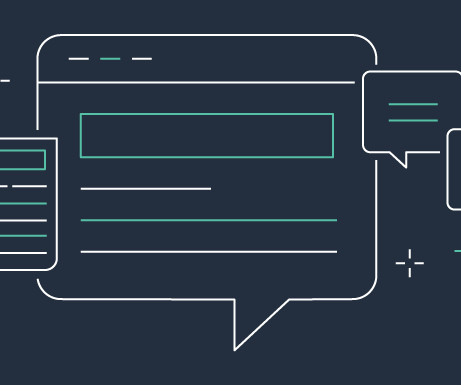
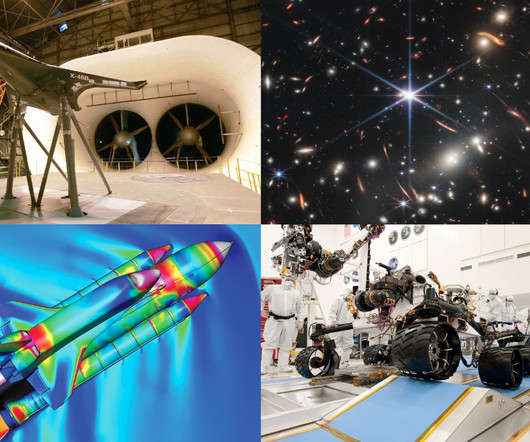
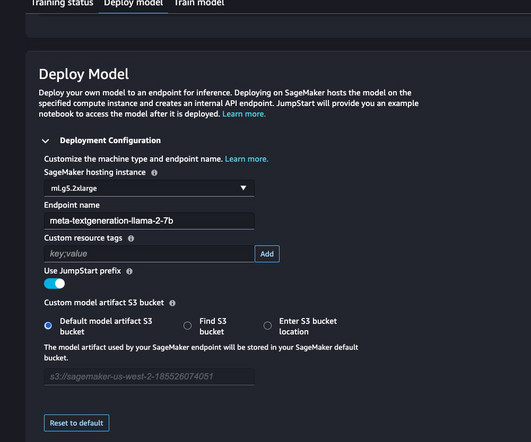
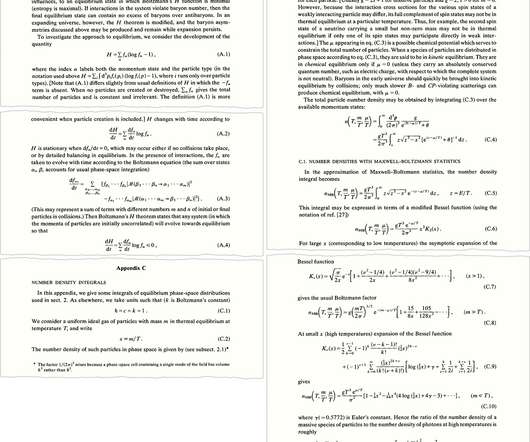
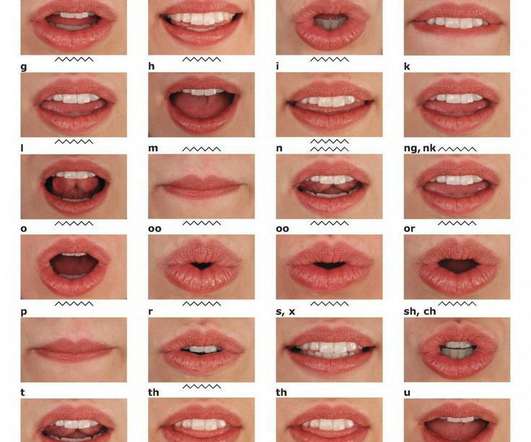






Let's personalize your content